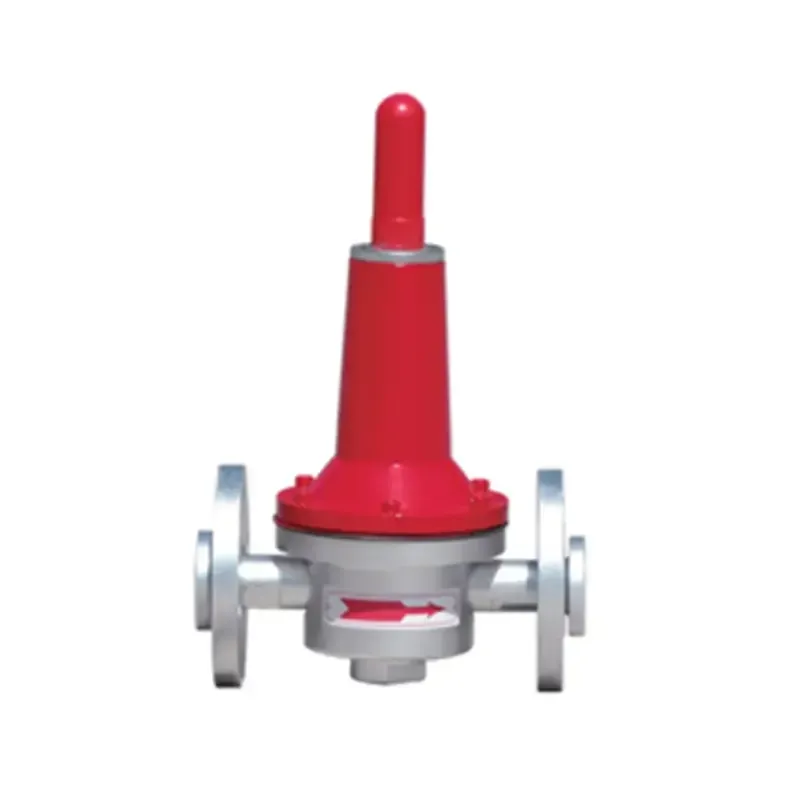
9 月 . 30, 2024 17:25
Back to list
Regulating Valve Mechanisms and Their Importance in Fluid Systems
Understanding the Regulating Valve An Essential Component in Fluid Systems
In fluid mechanics, various components play crucial roles in ensuring smooth and efficient operation. One such component is the regulating valve, often referred to as a control valve. The primary function of a regulating valve is to control the flow of fluids, either liquids or gases, within a system. This article will delve into the significance of regulating valves, their working principles, applications, and the benefits they offer in various industries.
What is a Regulating Valve?
A regulating valve is designed to manage the flow rate and pressure of fluids by opening, closing, or partially obstructing the passageway within a piping system. This valve operates based on the feedback it receives from the system, allowing for precise control over fluid dynamics. The ability to adjust the flow ensures that processes remain efficient and safe, preventing damage to equipment and maintaining optimal operating conditions.
Working Principles
The operation of a regulating valve can be attributed to various mechanisms, including pneumatic, hydraulic, and electric actuation. Typically, a valve actuator receives a signal from a controller, which could be based on pressure, temperature, level, or flow rate measurements. Based on this information, the actuator adjusts the valve's position, allowing more or less fluid to pass through.
The most common configuration of a regulating valve includes the valve body, actuator, and positioner. The valve body is the main component that contains the flow path, while the actuator is responsible for moving the valve opener or closer. The positioner ensures that the valve operates according to the required specifications, providing feedback to maintain the desired state.
Applications of Regulating Valves
Regulating valves are used across various industries due to their versatility and reliability. Some common applications include
.
2. Oil and Gas Regulating valves are essential in upstream and downstream operations, controlling flow rates in pipelines and processing facilities, thus safeguarding equipment and managing safety risks.
صمام تنظيم

3. HVAC Systems In heating, ventilation, and air conditioning systems, regulating valves maintain desired temperatures and air quality by controlling the flow of refrigerants and air.
4. Chemical Processing The chemical industry relies on regulating valves for precise control of reactants and products throughout production lines, helping to maintain safety and compliance with regulatory standards.
5. Food and Beverage In the food industry, regulating valves help control the flow of ingredients and products, ensuring consistent quality and adherence to food safety standards.
Benefits of Using Regulating Valves
The implementation of regulating valves in fluid systems brings numerous advantages
- Efficiency By controlling flow and pressure, regulating valves optimize system performance and reduce energy consumption.
- Safety Regulating valves help prevent overpressure or system failures by maintaining fluid levels within safe parameters.
- Flexibility With the ability to adjust flow rates dynamically, these valves cater to varying operational conditions, enhancing system responsiveness.
- Cost-effectiveness By ensuring efficient operation and preventing wastage, regulating valves contribute to long-term cost savings for businesses.
Conclusion
In conclusion, regulating valves are indispensable components in fluid systems, significantly contributing to efficiency, safety, and flexibility across various industries. Understanding their function and applications allows engineers and operators to make informed decisions when designing and maintaining fluid systems. As industries continue to evolve, the importance of reliable regulating valves will only grow, ensuring smooth and effective operations in an ever-changing technological landscape.
Latest news
-
Unlocking The Quality Gas Pressure ReducersNewsNov.01,2024
-
The Role of Gas Pressure Reducing StationsNewsNov.01,2024
-
The Importance and Functionality of Safety Relief ValvesNewsNov.01,2024
-
The Essential Role of Safety Valves in Natural Gas ApplicationsNewsNov.01,2024
-
The Essential Role of Gas Pressure RegulatorsNewsNov.01,2024
-
Enhance Your Premium Gas FiltersNewsNov.01,2024

